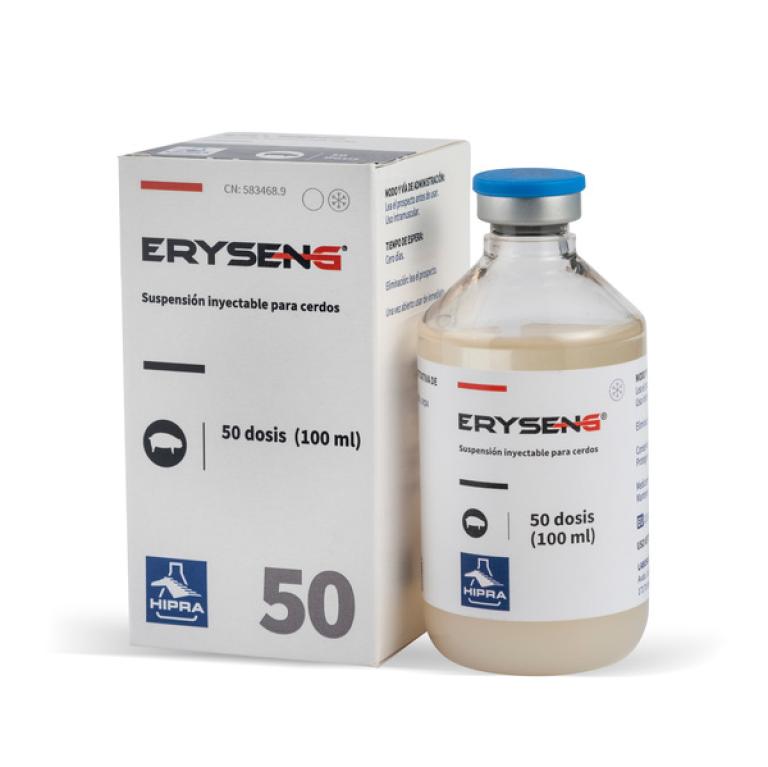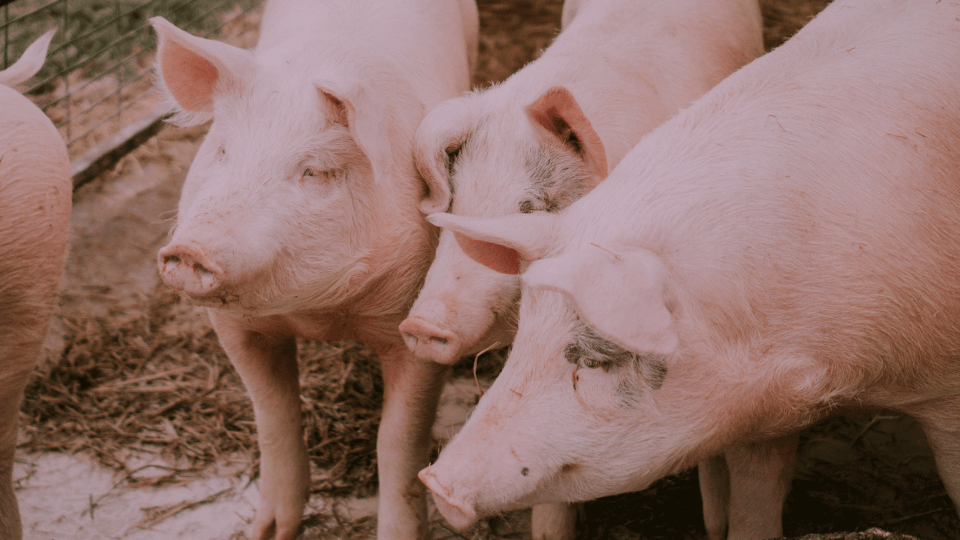Welcome to the space that will provide you all the knowledge you need to know about this bacterium categorized as re-emergent:
EPISODE #1: Swine Erysipelas, the perspective from a scientific researcher in this re-emergent bacterium

Veterinary pathologist who focuses on infectious diseases in pigs. Professor of Veterinary Diagnostic and Production Animal Medicine at Iowa State University, USA and also Chair of Infectious Disease Pathology at the Roslin Institute, University of Edinburgh, UK.

Veterinary and MSc in Swine Health and Production by the University of Zaragoza, Lérida and Madrid. Currently, Global Product Manager in the Swine Business Unit at HIPRA.
Erysipelothrix rhusiopathiae was first isolated from a pig 140 years ago in 1882 by Louis Pasteur and has been well controlled through vaccination. In the last years, Swine Erysipelas, as the disease is known, has been categorised as re-emerging. The reduction in the use of antibiotics, changes in welfare regulations, the climate change and increase in outdoor organic farming are some of the reasons.
With the collaboration of Tanja Opriessnig we will cover topics such as how the animals can be infected and how to evaluate the susceptibility, the different clinical presentations and its impact, the diagnostic options and much more.
Would you say that this is an underdiagnosed disease?
Yes, I agree, due to unspecific symptoms Erysipelas can remain undetected for quite some time and can be difficult to diagnose.
Skin Lesions is the first thing that pops into most vets and farmers’ minds when asked about clinical swine erysipelas as this is a well-known clear symptom. However, which other symptoms or clinical signs can we expect, Tanja?
You are correct, skin lesions are very suggestive for erysipelas infection, however, they are not always present and even if they are they may be difficult to spot. Just think about pigs with dark skin or hair such as the Duroc breed.
From the acute, subacute or chronic clinical presentations, which one has the highest impact or relevance?
Among the clinical presentations in pigs I consider the chronic disease most relevant as it results in animals that are chronically sick. Such pigs are not only more prone to other secondary infections, but they potentially have to stay on the farm longer until they reach their slaughter house weight. In addition, chronically infected pigs could serve as infection source for other pigs. At slaughter such animals often have a higher risk of being rejected during the antemortem assessment.
Why is swine erysipelas considered a re-emerging disease in recent years? Should we expect more problems in fattening units in upcoming years?
Erysipelas had limited importance for many decades but this appears to have changed. There are many farms that report erysipelas problems in vaccinated herds.Possible reasons for this re-emerging may be changing environmental conditions, changes in welfare regulations, an increase in outdoor organic farming, and changes in antimicrobial usage, with global reductions and eventual bans anticipated in the very near future.




































